OLD HOUSE ECO HANDBOOK
A Practical Guide to Retrofitting for Energy Efficiency and Sustainability
Marianne Suhr & Roger Hunt
Foreword by Kevin McCloud
SECOND EDITION
In association with The Society for the Protection of Ancient Buildings

Dedication
For the generation who will inherit our successes as well as our mistakes
Charlie, Max and Ben MARIANNE SUHR
Nick, Annie, Kate and Eppie ROGER HUNT
In memory of Neil May 19622018
Through his deep knowledge and understanding, Neil played a pivotal role in forging links between the green building movement, building conservation professionals and government. Neil spoke passionately and persuasively about the unintended consequences of incompatible retrofitting techniques and materials, and his words influenced policy and practice. We miss his wisdom and his infectious enthusiasm.

First published in 2013 by Frances Lincoln,
an imprint of The Quarto Group.
The Old Brewery, 6 Blundell Street,
London, N7 9BH,
United Kingdom
T (0)20 7700 6700
www.QuartoKnows.com
This revised and updated edition first published in 2019 by White Lion Publishing, an imprint of The Quarto Group.
2019 Quarto Publishing plc.
Text 2019 Marianne Suhr & Roger Hunt
Foreword 2019 Kevin McCloud
Illustrations by Libby Fellingham
Design by Rachel Cross
Edited by Sarah Hoggett
Index by Helen Snaith
The authors have asserted their moral right to be identified as the Author of this Work in accordance with the Copyright, Designs and Patents Act 1988.
All rights reserved. No part of this book may be reproduced or utilised in any form or by any means, electronic or mechanical, including photocopying, recording or by any information storage and retrieval system, without permission in writing from White Lion Publishing.
Every effort has been made to trace the copyright holders of material quoted in this book. If application is made in writing to the publisher, any omissions will be included in future editions.
The Society for the Protection of Ancient Buildings. A charitable company limited by guarantee. Company No. 5743962, Charity No. 111 3753, Scottish Charity No. SC 039244
A catalogue record for this book is available from the British Library.
Digital edition: 978-0-71124-716-1
Hardcover edition: 978-0-71123-977-7

THE SOCIETY FOR THE PROTECTION OF ANCIENT BUILDINGS
William Morris (183496), co-founder of the Society for the Protection of Ancient Buildings.
The Society for the Protection of Ancient Buildings was co-founded by William Morris in 1877 to counteract the highly destructive restoration of medieval buildings being practised by many Victorian architects. Today it is the largest, oldest and most technically expert national pressure group fighting to save old buildings from decay, demolition and damage; its philosophy is set out in The SPAB Approach.
Members include many of the leading conservation practitioners as well as home owners, living in houses spanning all historical periods, and those who simply care about old buildings. Thousands of buildings survive which would have been lost, mutilated or badly repaired without the SPABs intervention. Indeed, many of the most famous structures in Britain are cared for by some of the thousands of people who have received the Societys training.
The SPAB is a charity representing the practical and positive side of conservation, not only campaigning but educating and offering advice. Courses are run for building professionals and homeowners and information is available in the form of publications and a telephone helpline manned by experts.
A firm set of principles backed by practical knowledge, accumulated over many decades, is at the heart of the Societys approach to repair. Misguided work can be extremely destructive and the skill lies in making repairs with the minimum loss of fabric and so of beauty and authenticity old buildings are not best preserved by restoring them to make them new and perfect.
Remember, maintenance is the most practical and economic form of preservation. Buildings cannot be made to last forever but, through the conservative approach advocated by the SPAB, they will survive as long as possible and suffer the least alteration.
More information about the Societys work and the help it can offer is available at www.spab.org.uk.
FOREWORD
Kevin McCloud, author, broadcaster and designer.
There are some 26 million homes in Britain, most of them as well insulated as a rabbit hutch, most of which will still be in existence in 2050. Half a million of them are listed; countless numbers sit in conservation areas and, very roughly, one fifth of our dwellings were built before 1919.
Collectively, the buildings we live in are responsible for more or less 26 per cent of Britains carbon emissions. Now, you may be among the dwindling number of people who believe that increased levels of atmospheric carbon dioxide have got nothing to do with human activity and that we can do nothing about that. You may cry humbug to the Greens among us and eschew words such as sustainability and eco as mere baubles of conversational fashion. But I doubt that, because youve already picked this book up.
In any case, it doesnt require a lifetime membership of Greenpeace to appreciate that the planets resources are finite, that the world population is growing beyond sustainable levels and that our homes gobble energy to keep us warm and fed. Generally speaking, the older and larger our homes are, the more energy they consume. Any owner of an historic home will be sensitised to the cost of this and to the volatility of energy markets just by reading their electricity, gas or oil bills. Indeed, some of the nations more august historic homeowners have responded over the past ten years by investing in low-carbon and independent technologies such as solar photovoltaic and biomass boilers to reduce the sheer cost of heating and maintaining their properties.
The rest of us shiver at the capital cost of a wood-pellet boiler with auger-feed and ash-compacter and just don another pullover. So three green cheers for this book, which mixes an erudite analysis of the latest building science with practical advice and demonstrations of best practice. It behoves any proud carer of an old home to arm themselves with an outline understanding of dewpoints, interstitial condensation and U-values, and do not fret, dear Reader these are all admirably and sometimes even entertainingly explained and illustrated here. More hurrahs! Moreover, they are helpfully framed in the context of what is good conservation practice, of the need for reversibility and for the retention of our buildings narratives. These ideas are part of the bedrock of the Society for the Protection of Ancient Buildings, this books co-publisher.


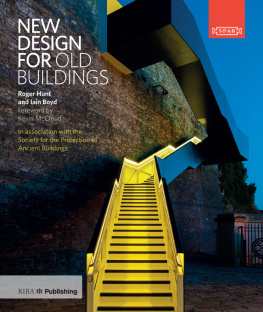
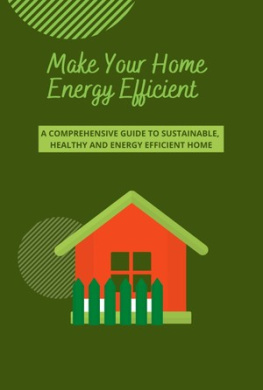
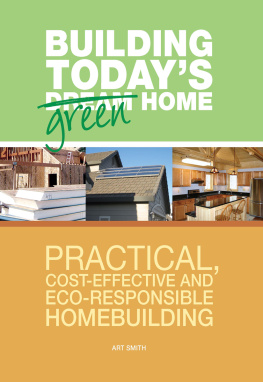
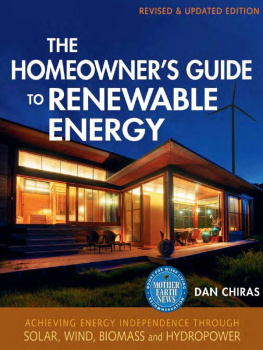
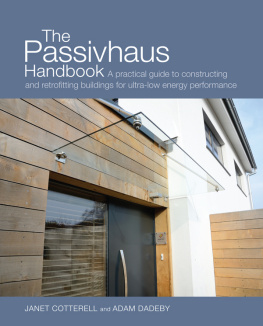


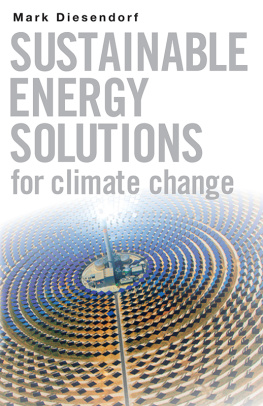
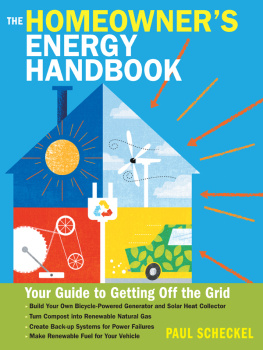

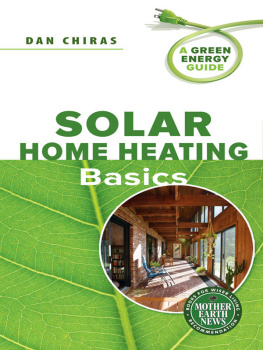
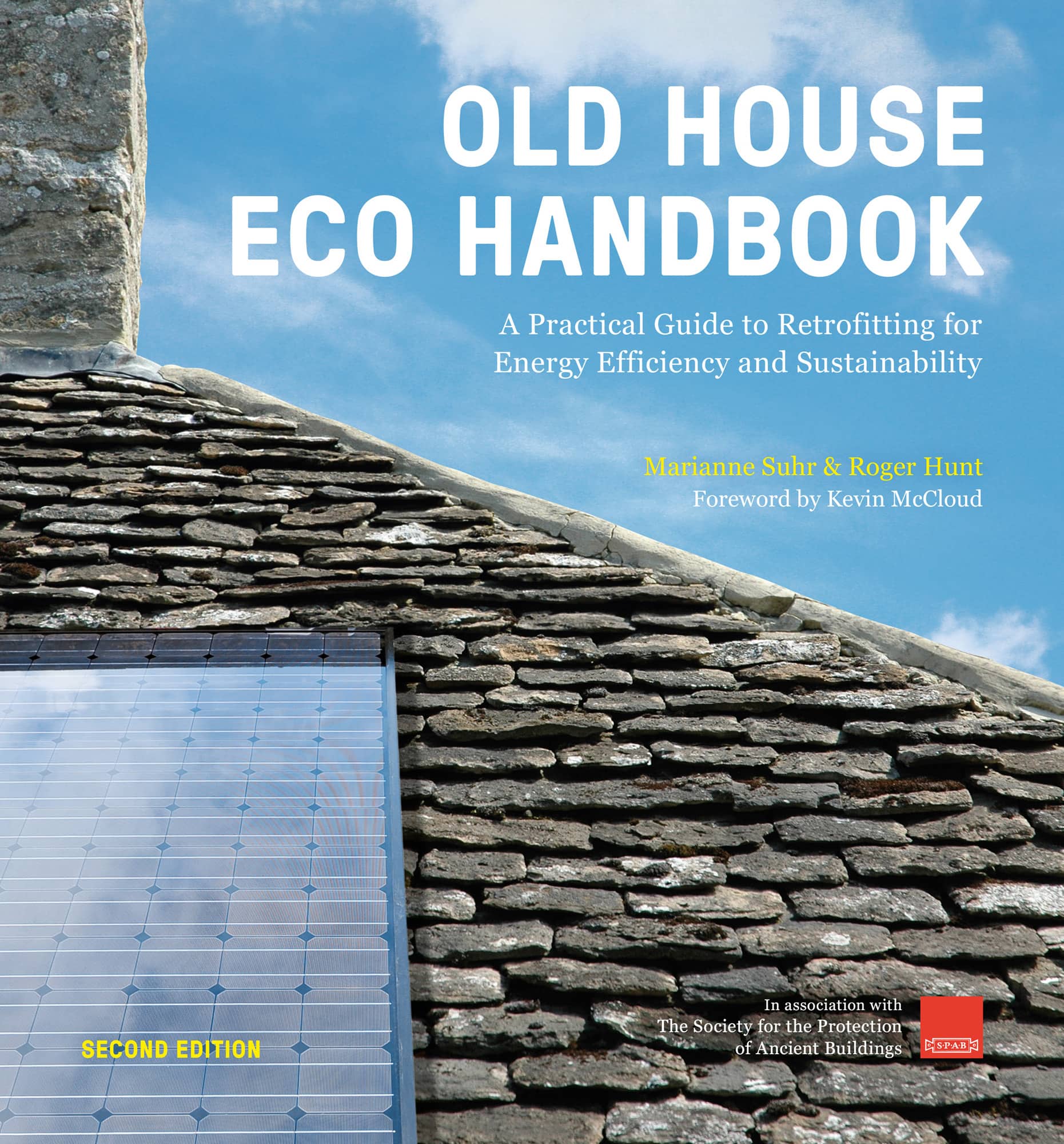


 THE SOCIETY FOR THE PROTECTION OF ANCIENT BUILDINGS
THE SOCIETY FOR THE PROTECTION OF ANCIENT BUILDINGS
